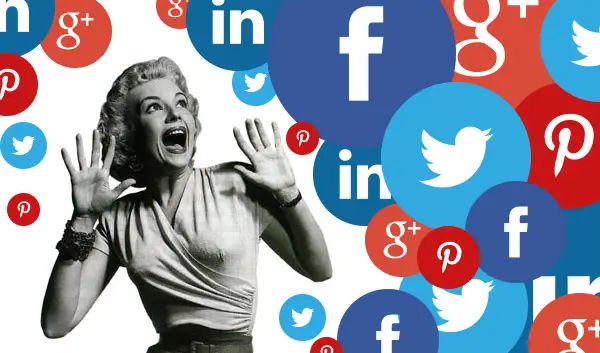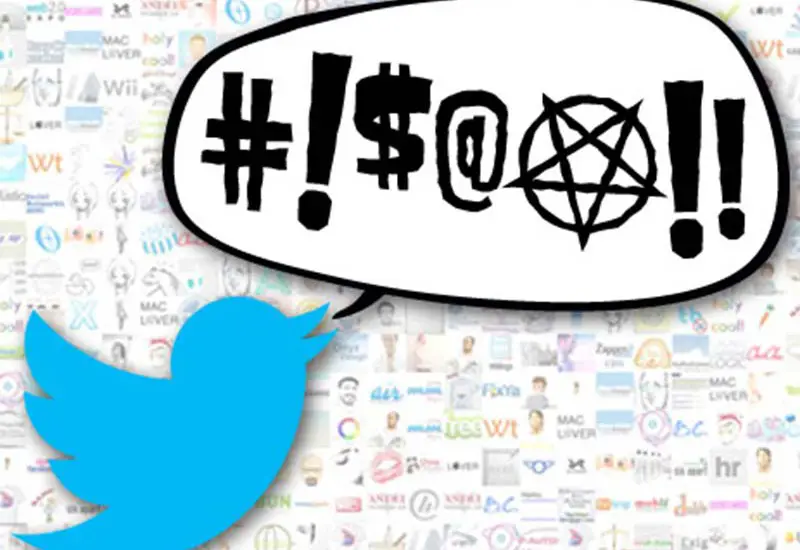The epic showdown between logic and emotion tends to pop up during important choices, like whether to pursue a dull major that will get you a pocket-filling job or one that stokes your passions but leaves your wallet a little light. Or, when you’re deciding whether to follow your wanderlust and travel to a new country or use that time to build yourself professionally. And of course, it shows up on the scene during the most strenuous judgement of all: Whether to stick to your diet or dive into a pint of Ben & Jerry’s Half Baked ice cream.
Your head and your heart probably battled as you decided who to support during the presidential election as well. And, if you are anything like the standard millennial and were following the race on social media, you probably noticed that Trump was in a category of his own when it came to his outlandish tweets.
Ever since Trump laid his beady eyes on Twitter, his style of expression in under 140 characters has been viewed as monstrous; in fact, it’s even been called cyberbullying. However, despite the tweets’ threatening, mocking, blaming, high-school-level immaturity and overabundance of the word “sad,” you can’t ignore the fact that Trump is an expert at going viral and getting people talking.

Scientists at New York University were curious about how moral and political ideas are discussed on social media and why some posts on these topics spread more widely than others. For instance, why do Trump’s vicious tweets tear through the internet, while more reserved, meek tweets hardly leave the feed of the person who wrote them?
The scientists conducted a study on 563,312 social media communications on the polarizing moral/political issues of gun control, same-sex marriage and climate change, and they indeed found a pervasive pattern that caused certain moral/political ideas to spread more rapidly and broadly. When moral-emotional language, like the word “hate,” is used in a post, it spreads farther among people who have similar moral and political beliefs. In fact, “the presence of moral-emotional words in messages increase(s) their diffusion by a factor of 20 percent for each additional word.” Purely moral words in a post, like “duty” and “responsibility,” and purely emotional words, like “fear,” also cause posts to spread farther, but not nearly as much as moral-emotional words do. Basically, the more passionately a post is written, the more likely it is to go viral. Scientists call this phenomenon “moral contagion.”
Interestingly, moral contagion, or the viral spreading of a feeling-inducing post, is more evident for posts that contain elements of love or anger, rather than disgust or sadness. Additionally, these posts are spread within groups that contain the expressed beliefs, which makes sense, since a person who agrees with a strongly worded tweet would be more likely to want to perpetuate it than someone who is devoutly in disagreement.
And the scope of this pattern turns into something wider as it increases group polarization. Since posts with fiery, emphatic, moral-emotional language are the most visible on social media, they cause the utterly extreme sides of an argument to be in your face as you scroll through feeds. The more intense arguments of liberals are spread among liberals, and the same goes for conservatives—this explains why you don’t see much middle ground when it comes to moral and political expression on social media; they don’t spread very far.
And moral contagion also explains why internet quarrels continue to get revved up, since social media users are more likely to react to a post that stirs up feeling than one that states a fact that can’t really be argued. Communication between groups becomes fueled by hard-headed, impulsive emotion, as reasonable, mature communication becomes less and less likely.
In essence, this phenomenon turns social media feeds into war zones of communication, where radical expressions of ideologies and beliefs bleed all over, and you’re left staring at your screen, thinking, “What is the world coming to?”

And regrettably, it’s not just on social media that humans have a perplexing tendency to overlook facts in moral and political arenas—it happens in real life all the time. Newt Gingrich pointed out on CNN that people can’t agree on the same conclusion, even when given the exact same set of facts. When people are given a set of facts that are 100 percent true but don’t fit with their position on a topic, though their belief is completely non-factual, people tend to pick out a few facts and morph them into something that would support their position. Just look at Trump: Even with all the science and facts galore that support climate change, he’s in denial about it.
The scary part is that it’s not just Trump who’s a victim of this way of thinking—almost everyone does it, and most people don’t even know all the facts about a position they side with, which makes their defense of their beliefs even more precarious than it already is. They may agree with a side because that’s what they grew up doing, or they look to non-expert sources to find solace in that others agree, too. And there’s not a sense of urgency to get the facts straight; people are stubborn and perfectly fine with others disagreeing, even when it’s on the basis of facts.
Naturally, people are “biased information processors” who bend facts so they comply with their beliefs, or else ignore them completely. But don’t fret; no one is doomed here, and there can still be light at the end of this argument-filled, messy tunnel. It’s up to social media users to decide how they want to use Twitter, Facebook, Instagram and blog sites. You can continue to add fuel to the fire, or decide that social media can be used in a more productive way. You can choose to make your actions on social media more helpful for yourself and others, such as by giving shares and likes to more fact-based news, offering solutions to morally and politically fueled problems and encouraging others who do the same.
And if you’re really tired of the headache of all of the noisy chatter, just give yourself a social media detox. Maybe when you return, you’ll see that people are using too much of their energy arguing pettily and it would be a waste of your time to buy into it.
At the end of it all, social media itself isn’t what makes productive change anyway, so take the high road and see what other progressive measures you can take. I promise they will be much more worthwhile.

















